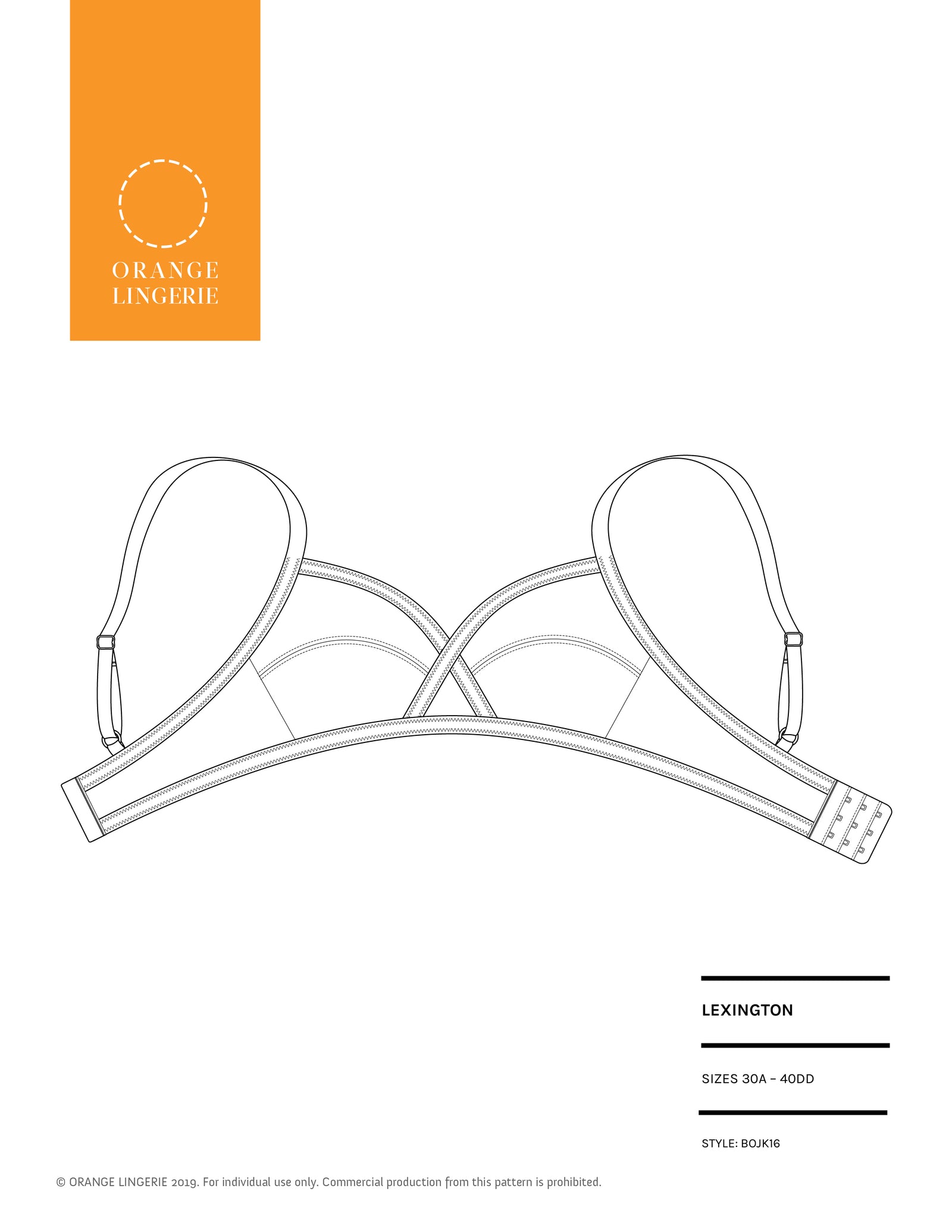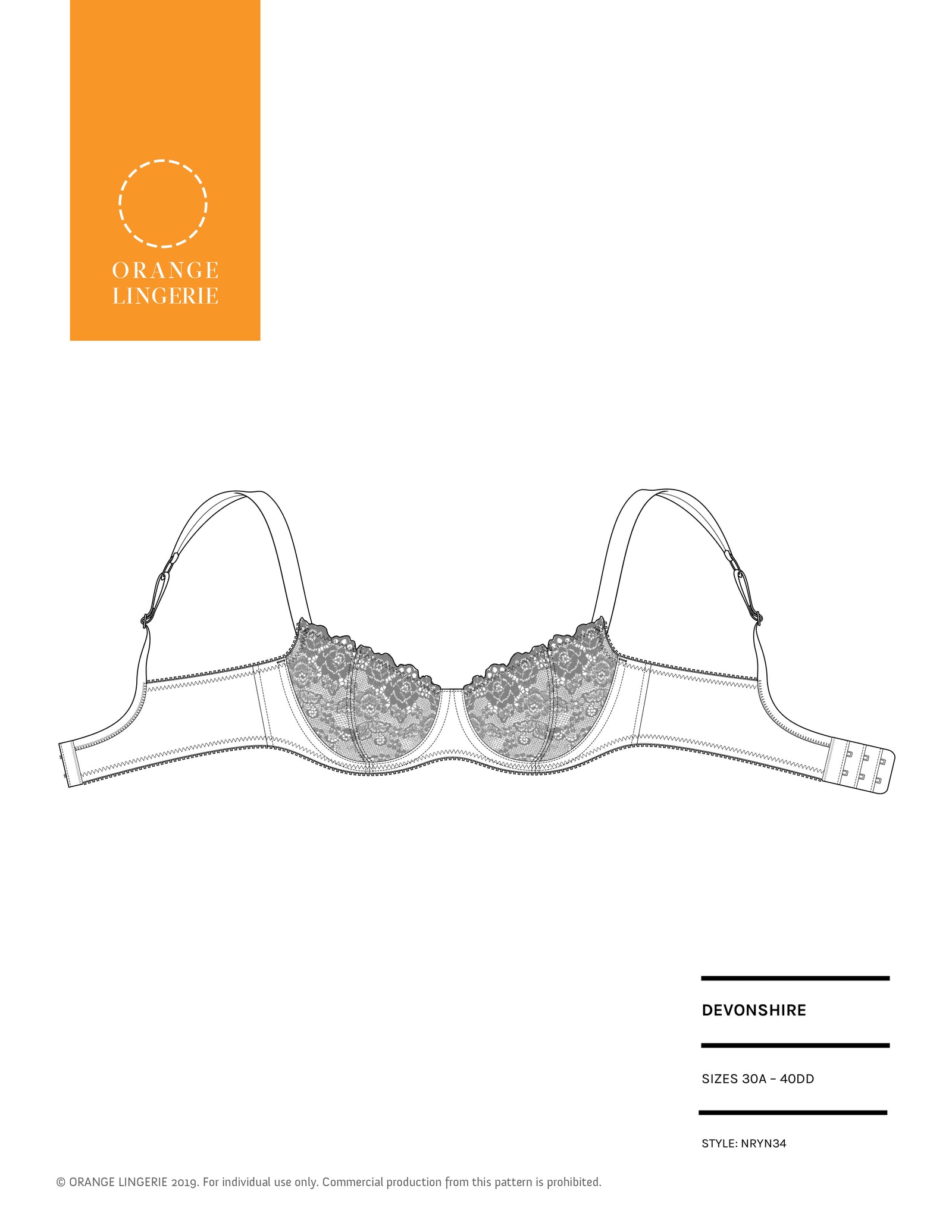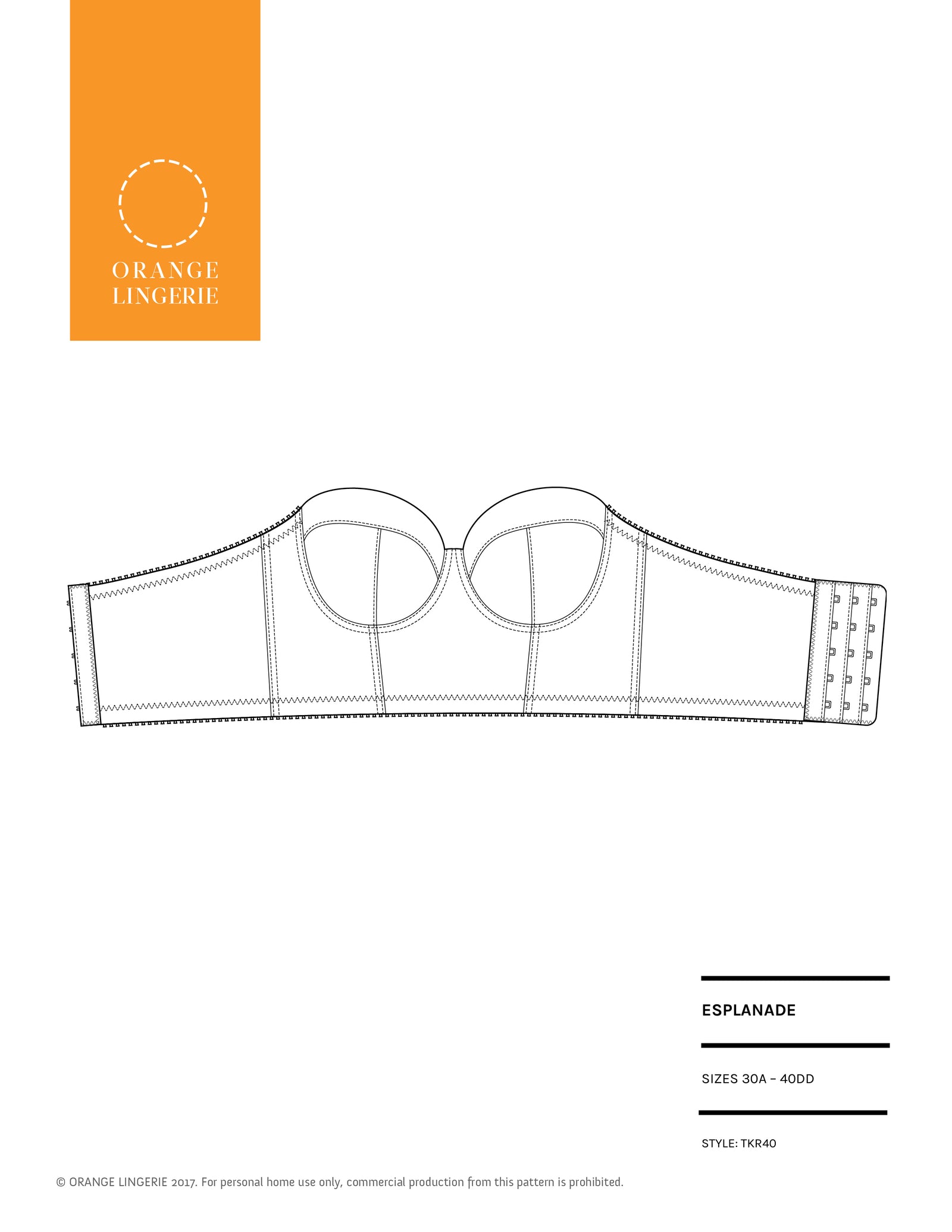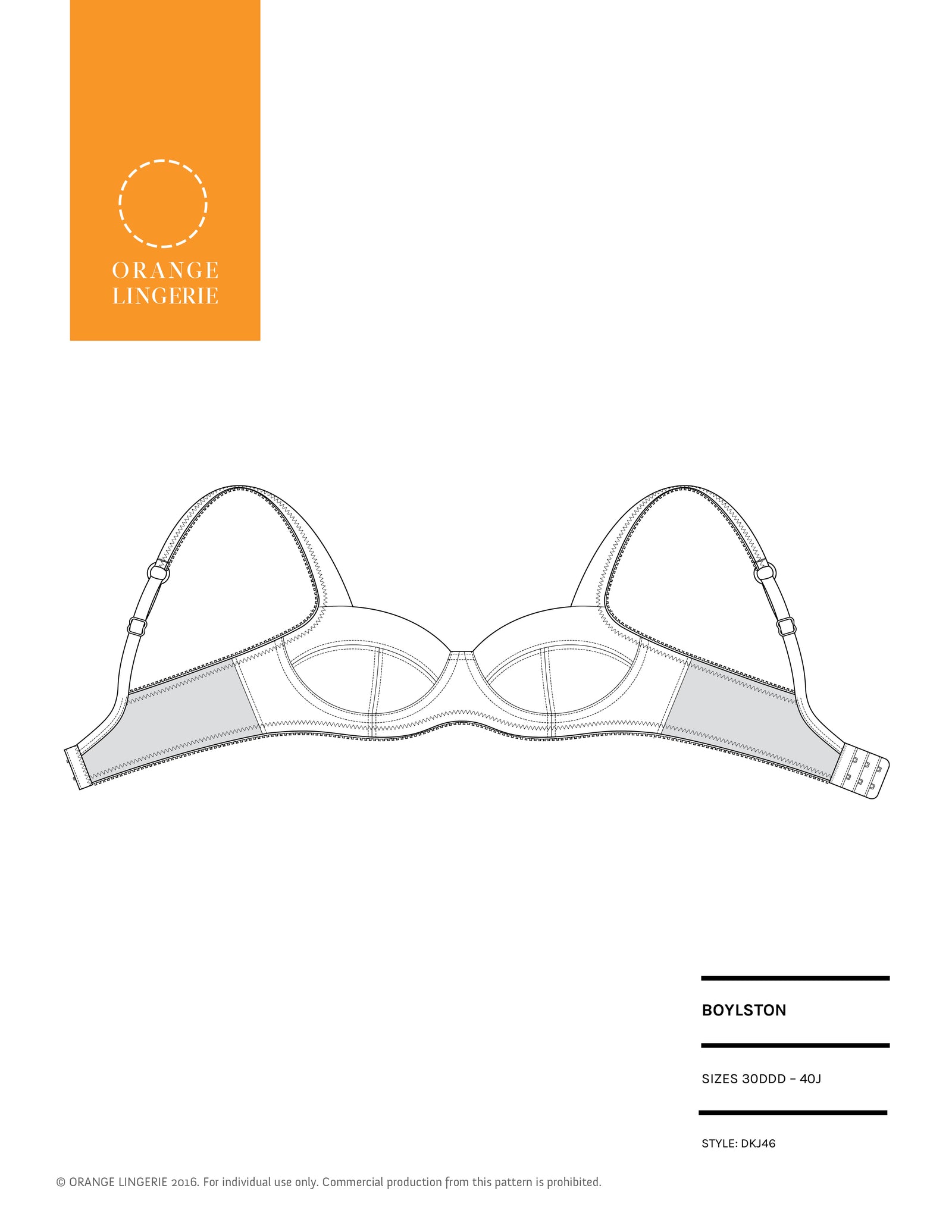
When choosing a hem for bias cut silk garments, such as our Bellevue camisole or Newell slip skirt, I recommend looking for the smallest, lightest weight finish possible. There are, however, other suitable hem treatments that you might find preferable for your silk projects, depending on your vision for the finished garment and the amount of time you want to spend on the hem finish.
In this post I will show you some alternative hem techniques. As with any alternative method, I recommend trying them out first on swatches to see which you like best before applying them to your garment.
1. BABY HEM
Let's start with the hem we recommend for our Silk Collection garments (the Bellevue camisole, Newell slip skirt and Richdale tap shorts). Each of these patterns recommend, and include instructions for a baby hem, which is perfectly suited to bias cut silk.
The baby hem technique that I use for these patterns creates a tiny, flat hem that is virtually invisible on the finished garment. It’s lightweight, so it won’t interfere with the silk’s natural bias drape, and because it encloses the raw edge of the fabric, it won’t ever fray.
 The downside to this type of hem is that it can take a fair amount of time to execute well. You must take care to not stretch the bias edge as you sew it and creating a tiny hem takes some dexterity and patience. But if you want a smooth, professional looking hem, I think it is the most beautiful hem for silk charmeuse garments.
The downside to this type of hem is that it can take a fair amount of time to execute well. You must take care to not stretch the bias edge as you sew it and creating a tiny hem takes some dexterity and patience. But if you want a smooth, professional looking hem, I think it is the most beautiful hem for silk charmeuse garments.
2. SERGED AND PRESSED HEM
A quick hem, for those who don’t have the time or the patience for a baby hem, is to serge (overlock) the raw edge, then press it up and sew it in place. This finishes the raw edge of the fabric, preventing it from fraying, and it is a fair amount faster than the classic baby hem.
It may not be as pretty on the inside of the garment, but if you have a serger and don’t need to have a fully finished interior, then this is a great alternative to try.

3. 3-THREAD SERGED ROLLED HEM
A 3-thread serged rolled hem is another fast alternative hem for silk bias cut garments. This type of hem finish creates a clean finish at the edge of the fabric very quickly, by rolling the edge of the fabric toward the wrong side inside the stitches. (Note, BERNINA has a great tutorial for creating this hem on their website, which you can find here.)
The downside of this type of hem - aside from needing a serger - is that the stitches are visible from the outside, which can be distracting. Unless, of course, it’s part of your design!

4. LACE EDGE
Finally, you can use a decorative hem treatment by applying lace to the hem. There are many ways to use lace to trim a hem or edge (we prefer the technique as described in the Bellevue camisole instructions). Since this post is about alternatives, another great way to add lace is to serge the raw edge then apply the lace to the hem, exposing as much or as little of the lace beyond the fabric edge as you wish. (In this example the serged edge is also secured to the lace.)
 This technique takes as much if not more time and effort than the classic baby hem but it offers a lovely design payback for your time. It is a great choice if you have a beautiful lace you want to show off. You can also use this technique to create a sexy or ethereal look by trimming the fabric away behind the lace. (If you need helping finding the perfect lace to trim your garment, see our post about shopping for lace.)
This technique takes as much if not more time and effort than the classic baby hem but it offers a lovely design payback for your time. It is a great choice if you have a beautiful lace you want to show off. You can also use this technique to create a sexy or ethereal look by trimming the fabric away behind the lace. (If you need helping finding the perfect lace to trim your garment, see our post about shopping for lace.)
As you can see, there are several options for hem treatments! While I recommend the baby hem or lace hem as my personal favorites for silk lingerie garments, I’m excited to see which one you end up liking best. Let me know by tagging your silk makes with #bellevuecamisole #newellslipskirt #richdaleshorts and #orangelingerie!








